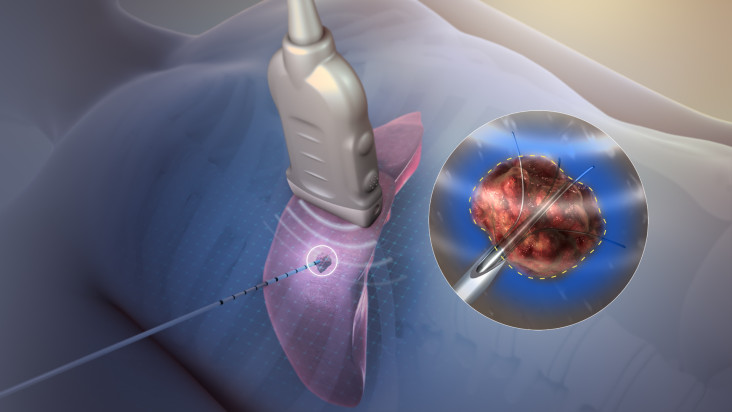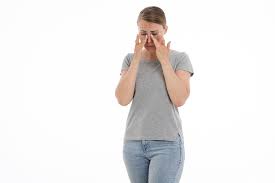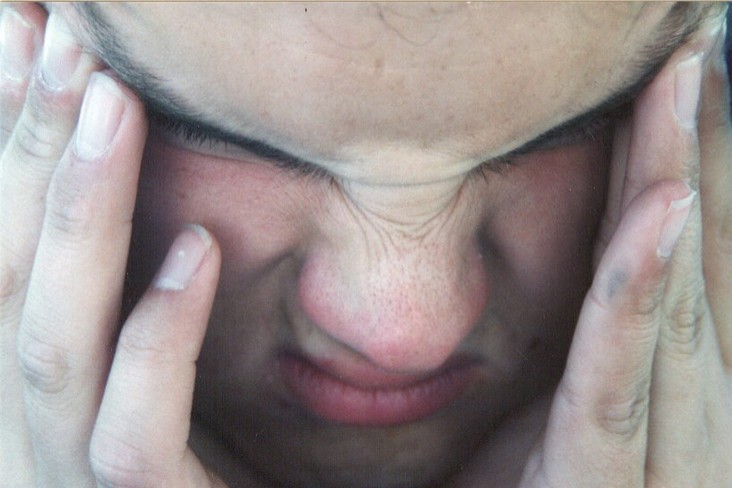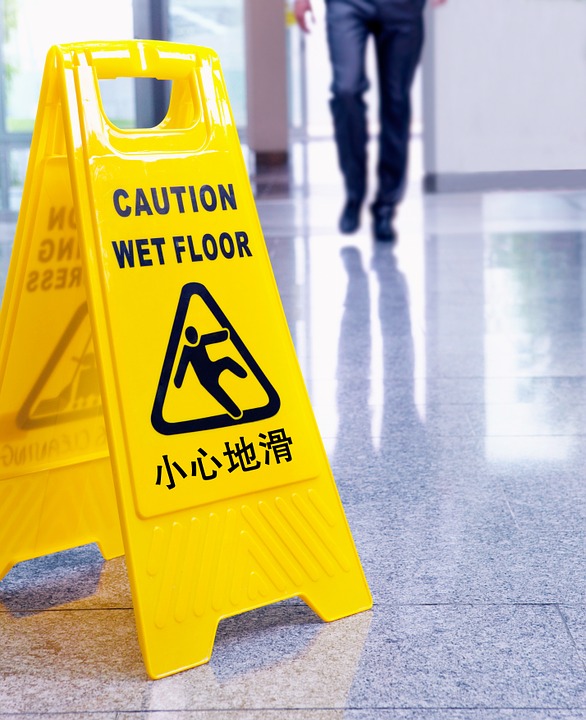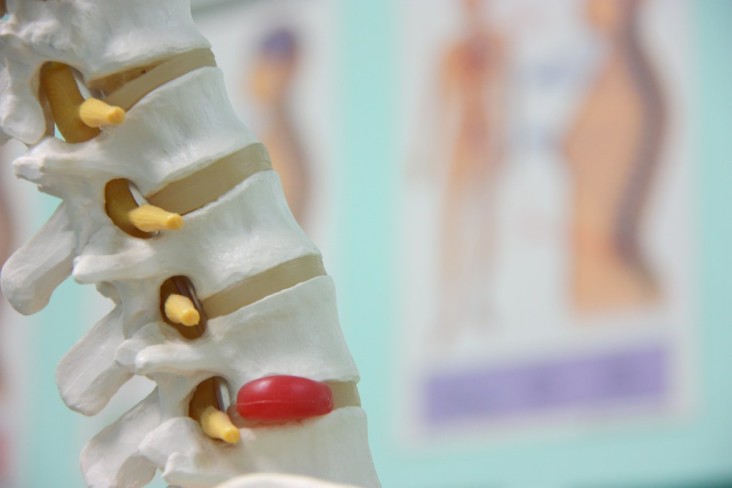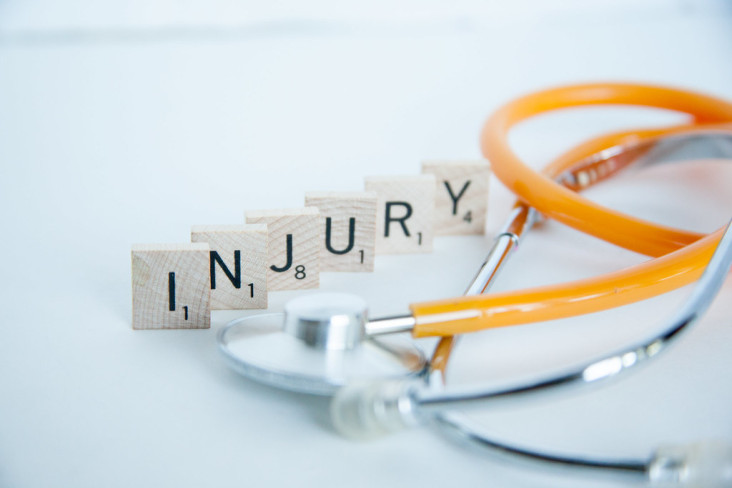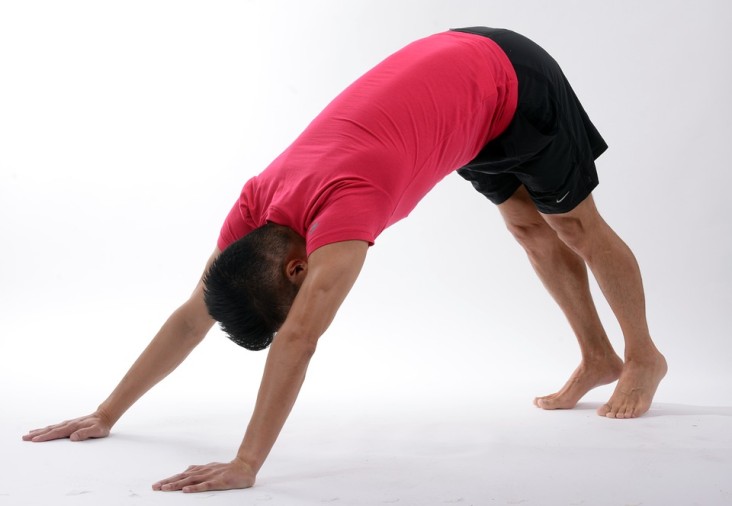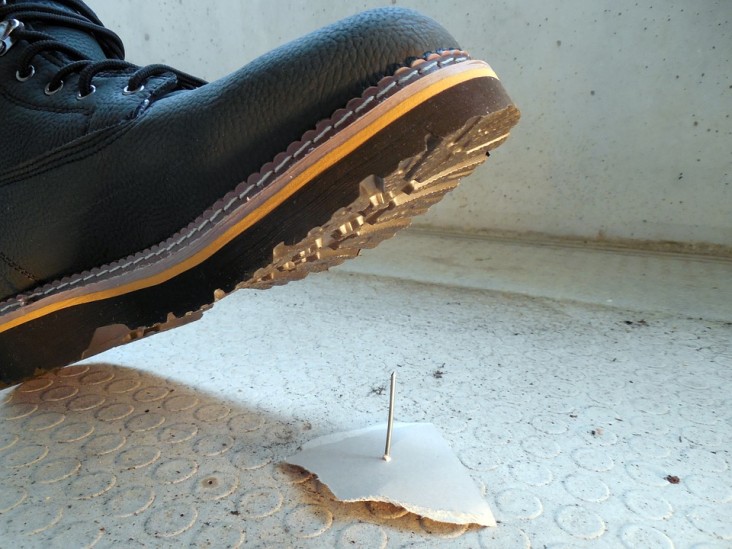Radiofrequency lesioning is a minimally invasive procedure which can be helpful in patients with neck and back pain who have not responded to any other therapeutic measures such as epidural steroid injections or nerve blocks. . Radiofrequency lesioning uses radiofrequency energy to destroy damaged nerves or nervous tissues that are sending pain signals to the brain.
Favorable conditions for radiofrequency lesioning:
The radiofrequency lesioning usually performs on patients with chronic pain caused by damaged peripheral nerves or nervous tissue surrounding the central nervous system. Some conditions that fall under that category include;
- Trigeminal neuralgia (chronic facial pain)
- Occipital nerve neuralgia
- Degenerative disc disease
- Post-herpetic neuralgia
- Complex Regional Pain Syndrome (CRPS), type 1 and 2
- Peripheral neuropathies
- Coccydynia
- Neck or back pain due to facet joint arthropathy
Radiofrequency lesioning procedure:
Radiofrequency lesioning procedure involves the following steps;
- You have to lie down on your stomach on a special x-ray table.
- The table and an x-ray device which is called a fluoroscope ensures accurate needle placement during the procedure.
- An intravenous line will be administered for conscious sedation and minimal discomfort.
- A numbing medication will also be injected into the skin before radiofrequency lesioning.
- Once the operation site is numb, the radiofrequency needle will be inserted into the skin into targeted nerves.
- The electrode has been placed on the targeted nerve and then a radiofrequency generator will deliver radiowaves to heat the electrodes and then heat the damaged nerves for up to 90 seconds. This will help destroy the damaged nerves and prevent pain signals from being sent through the spinal cord to the brain.
- Operation site will be closed when all of the targeted nerves have been treated.
The procedure will take from 45 minutes to half an hour to complete. Any discomfort at the needle placement sites will usually subsides over the next several days.
Benefits of radiofrequency lesioning:
Some benefits or advantages that patient will receive after radiofrequency lesioning include the following;
- The procedure disrupts nerve conduction (such as conduction of pain signals), and it may in turn reduce pain, and other related symptoms.
Risks of radiofrequency lesioning:
Radiofrequency lesioning is relatively a very safe procedure but as with any other surgery procedure there are certain risks involved. Possible risks are;
- Bleeding
- Infection
- allergic reaction to local anesthetic
- Nerve damage(rare)
- Numbness, burning, or weakness
- Vision problems
Pain management institute is helping people to cure acute and chronic long term pain to resume a normal life style. PMI has provided many treatments like stem cell therapy and many others.
For more details call on 815.412.6166

